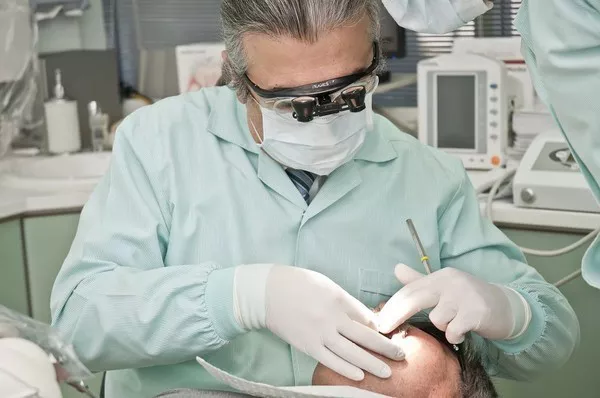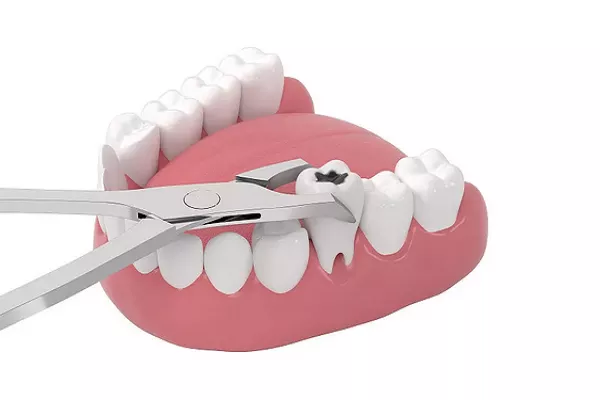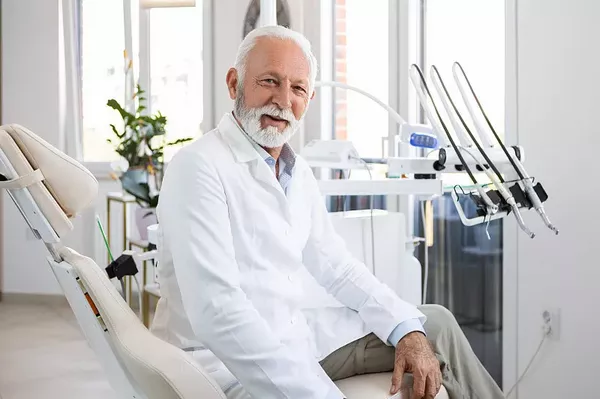In the ever-evolving field of orthodontics, cutting-edge appliances and techniques continue to revolutionize the way we correct misaligned teeth and achieve stunning smiles. Among these groundbreaking innovations, the bionator orthodontic appliance has gained significant recognition. In this comprehensive guide, we will delve into the realm of bionator orthodontic appliances, exploring their functions, benefits, and effectiveness, as well as shedding light on the types and maintenance of these remarkable devices.
1. Understanding the Bionator Orthodontic Appliance
The bionator orthodontic appliance, often referred to simply as a bionator, is a pivotal piece of orthodontic equipment designed to address malocclusions, overbites, underbites, and other dental misalignments. This sophisticated device is customized to fit each patient’s unique dental structure, creating a comfortable and efficient solution for realigning teeth.
1.1. Components of a Bionator
A typical bionator consists of several key components, including:
Upper and Lower Plates: These plates are crafted from dental acrylic material, ensuring a comfortable fit within the patient’s mouth.
Metal Framework: A metal framework, often made of stainless steel, stabilizes the device and facilitates the correction of bite issues.
Screws: Some bionators feature adjustable screws, allowing for incremental adjustments over time.
1.2. How Does a Bionator Work?
The bionator appliance operates on a simple yet effective principle: encouraging the natural growth of the jaw and the surrounding muscles. By guiding these structures into their proper positions, the bionator promotes healthy alignment of the teeth and bite. It’s a non-invasive method, making it a popular choice for younger patients in particular.
2. Benefits of Using a Bionator Orthodontic Appliance
The bionator offers a range of benefits that make it a compelling option for orthodontic treatment:
2.1. Non-Surgical Approach
Unlike some other orthodontic procedures, the bionator is non-surgical, which can be comforting for both patients and parents. It promotes natural jaw development, reducing the need for more invasive methods.
2.2. Improved Speech and Function
As the bionator aids in aligning the jaw and teeth, it can lead to improved speech and overall oral function. Patients may find it easier to speak and chew properly, enhancing their quality of life.
2.3. Enhanced Aesthetics
One of the most apparent benefits of bionator therapy is its ability to create a harmonious and aesthetically pleasing smile. Well-aligned teeth contribute to a patient’s confidence and self-esteem.
3. Types of Bionator Appliances
Bionators come in various forms, each tailored to specific orthodontic needs. Understanding the differences between these types is essential for both patients and practitioners:
3.1. Removable Bionator
A removable bionator is a versatile option that allows the patient to take it out for cleaning and eating. It is often used for mild to moderate malocclusions.
3.2. Fixed Bionator
The fixed bionator, as the name suggests, is attached to the teeth and cannot be removed by the patient. This type is typically recommended for more severe cases and requires precise adjustment by an orthodontist.
3.3. Twin-Block Bionator
The twin-block bionator consists of two separate plates, one for the upper jaw and one for the lower. These plates work together to encourage proper jaw growth and alignment.
4. Maintenance and Care of Bionator Appliances
To ensure the efficacy of a bionator, proper maintenance and care are paramount. Here are some essential guidelines to follow:
4.1. Cleaning
Regularly clean the bionator using a soft toothbrush and mild soap or orthodontic cleaner. Rinse thoroughly to avoid residue buildup.
4.2. Storage
When not in use, store the bionator in its designated case to prevent damage or contamination.
4.3. Adjustment
For fixed bionators, visit your orthodontist for periodic adjustments to ensure the appliance continues to work optimally.
4.4. Avoidance of Hard Foods
Refrain from consuming hard or sticky foods that can damage the bionator.
In conclusion, the bionator orthodontic appliance represents a remarkable advancement in orthodontic care. Its non-surgical approach, array of benefits, and various types make it a compelling option for patients seeking to achieve a harmonious smile and improved oral function. To maximize its potential, proper maintenance and adherence to care guidelines are essential. For those on the journey to orthodontic correction, the bionator offers a promising solution for a lifetime of confident smiles and enhanced well-being.
Related Links:
How does invisible aligners work?
How to fix overbite teeth at home?
Why do my teeth click when i push on them?
































